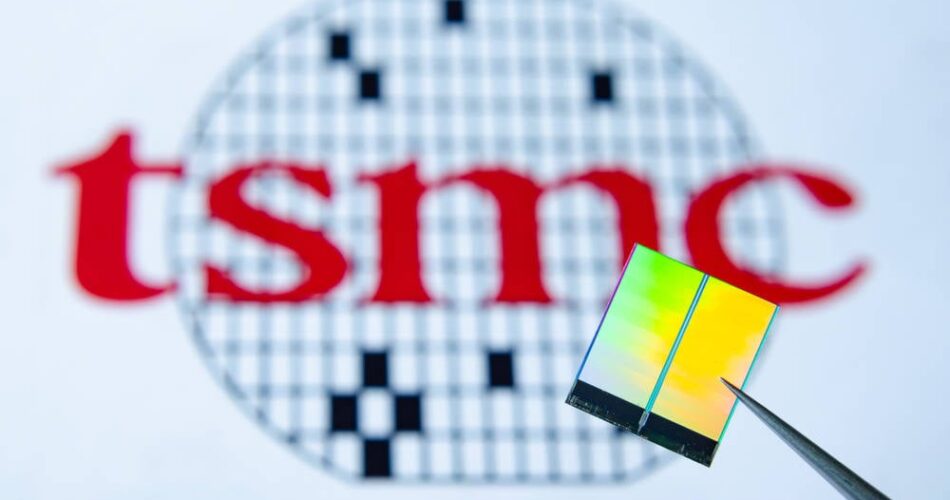TSMC beat market estimates to turn-in higher than expected revenue for calendar Q4, however, its forecast for the start of 2023 is less optimistic and it expects to hold down capital investment spending in response.
The world’s largest chip contract manufacturer reported [PDF] revenue of NT$625.53 billion ($19.93 billion) for the three months, up 26.7 percent year-on-year, but down 1.5 percent against last quarter’s results as the economic downturn starts to bite.
These figures would appear to be in line with TSMC’s earlier predictions during its Q3 earnings call that revenue for the fourth quarter would land somewhere between $19.9 billion and $20.7 billion.
As with the prior quarter, TSMC said its results had held up due to strong demand for semiconductors made using its advanced process nodes: 54 percent of its wafer revenue was accounted for by advanced technologies, defined as 7nm or newer.
This was made up by shipments of 5nm products representing 32 percent of total wafer revenue, while 7nm accounted for another 22 percent, it confirmed.
Even the world’s biggest chipmaker hit by slowdown
Yet TSMC is not immune to the pressures affecting others in the semiconductor industry, with global demand falling due to inflation and other issues while many OEMs sit on large inventories they built up in response to chip shortages in recent years.
“Our fourth quarter business was dampened by end market demand softness, and customers’ inventory adjustment, despite the continued ramp-up for our industry-leading 5nm technologies,” TSMC’s VP and Chief Financial Officer Wendell Huang said in a statement.
“Moving into first quarter 2023, as overall macroeconomic conditions remain weak, we expect our business to be further impacted by continued end market demand softness, and customers’ further inventory adjustment,” Huang added.
In fact TSMC’s current expectations are that revenue for Q1 2023 will fall somewhere between $16.7 billion and $17.5 billion, which would result in the first revenue decline for the business in four years.
TSMC’s gross profit margin for Q1 2023 is forecast to be between 53.5 percent and 55.5 percent, compared with 62.2 percent in this week’s Q4 results, while the operating profit margin is anticipated to be between 41.5 percent and 43.5 percent, compared with 52 percent for Q4 2022.
In light of this, TSMC said that it expects that the company’s 2023 capital budget spend will be between $32 billion and $36 billion. This is being cast by some as a big reduction from last year, when the company had originally earmarked a figure of at least $40 billion for 2022.
But as we reported at the time, TSMC revised that figure down following its Q3 results and only expected to hit a total of about $36 billion by year’s end. If it sticks to the higher end of its estimate for 2023, then it won’t have increased, but also will not have been cut any further.
TSMC chief executive CC Wei told investors on the Q4 earnings call that he expected 2023 to be a “slight growth year” as customer chip inventories were expected to normalize in the second half.
TSMC is also perhaps in a better position than others, as there is still likely to be demand for its cutting-edge production nodes such as 5nm and 3nm – and it’s just begun ramping up production of this.
By contrast, memory chip maker Micron Technology announced plans to cut 10 percent of its workforce at the end of last year and significantly reduce capital spending as demand for its products has slumped.
TSMC is also likely to be a beneficiary of the new moves announced by Taiwan this week to let chipmakers turn up to 25 percent of their annual research and development expenses into tax credits, in a bid to bolster inward investment. ®
Source link



